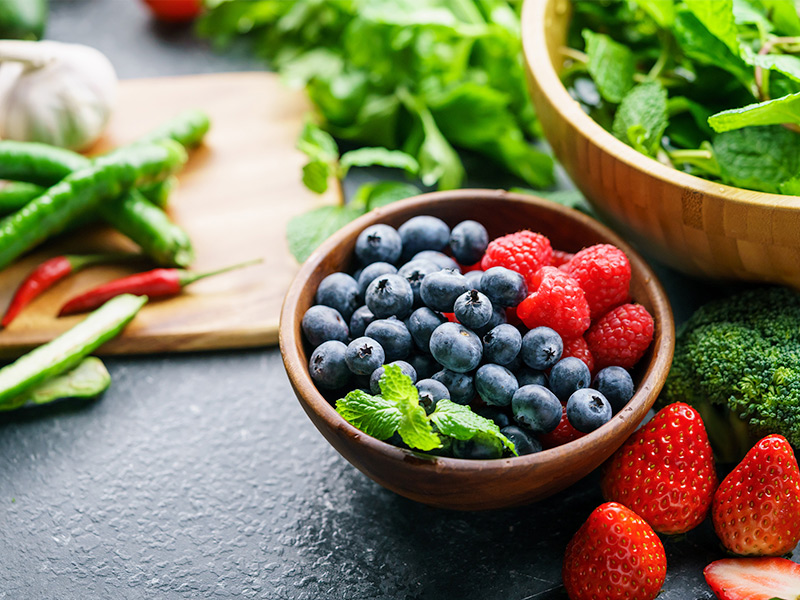Are superfoods worth the hype? Why functional foods might be better
Are much-touted superfoods like kale and acai berries really worth the money? Here’s why functional foods might be the better deal.
When you’re trying to eat as healthily as possible, it can be difficult to separate marketing spin from solid nutritional choices.
From wild goji berries, to chia seeds and quinoa, there are still plenty of so-called superfoods begging to be picked up from supermarket shelves.
But could “functional foods”, a term that’s recently come back into vogue, be just as good for you – minus the high price tag?
Are superfoods a by-product of super-duper marketing?
Dietitian Lorinda Stutterd, of Nutrifocus Dietitians, avoids using the term superfood.
“I completely agree that some foods contain a higher proportion of nutrients and provide us with a host of health benefits,” Lorinda says.
“However, no one food is super on its own.
“Many of the exotic superfoods have extraordinary health claims that are pure marketing hype – to justify the premium price without credible research.”
- Ancestral eating: Should you take meal inspo from your elders?
Why functional foods might be a better option
Lorinda says functional food is a much more reliable term used in the health industry, which is regulated by law under the Australian New Zealand Food Standards Code.
So what does this term mean exactly?
“A functional food refers to a product with added ingredients designed to enhance and produce a nutritional benefit,” Lorinda explains.
While many foods – such as berries, legumes and seafood – can be functional in their own right, Lorinda says the term typically refers to products that have been fortified with added nutrients.
That could include anything from infant formula, to yoghurts with probiotics, snack bars containing whey protein, or tinned tuna with calcium.
An early example of functional food
UNSW Sydney’s Associate Professor Jayashree Arcot, whose focus is on food science and nutrition, says the fermented milk drink Yakult was hailed as one of the first functional foods, because of the added probiotics it contains and its impact on gut health.
“Functional foods are usually those that would have an enhanced amount of some of these health promoting compounds in them, either through addition while processing, or they can occur naturally with much higher amounts in foods,” Assoc Prof Arcot says.
“The key is that these foods would have bioactive substances that promote these functions.”
What’s the difference between superfoods and functional foods?
The two are actually quite similar, says Assoc Prof Arcot.
“All foods should be considered functional as they do have an impact on health, depending on how much we eat.”
She says the term functional foods preceded the term superfoods, which was designed to draw more attention to these types of products.
Why functional foods are all the rage right now
Lorinda says functional foods are definitely back in vogue, as can be seen in any supermarket aisle. But why?
“In Australia we have a growing epidemic of chronic lifestyle diseases which now accounts for 85 per cent of the total burden of disease,” she says.
“Many of these relate to our poor dietary food choices and many of us are looking for convenient ways to reduce our risk.”
Lorinda says some food companies are using this statistic to convince us of the associated health benefits we may receive from buying their functional food products.
So are functional foods better bang for buck than superfoods?
Well yes, but functional foods themselves may only be necessary in certain situations, says Lorinda.
“This would apply to those who are unable to meet their nutritional requirements through whole foods alone or have an increased need at any one time.”
For example, if you’re suffering from a lack of appetite, need some extra oomph during or after a sporting event, or have a severe case of fussy eating on your hands.
Lorinda says functional foods are generally more specific in their marketing, and do provide the credible nutrients they’re promoting.
However any company can claim their product is a superfood, as there is no standard definition or regulation around the term, she says.
- Best intentions: Are your healthy gut habits doing more harm than good?
Written by Larissa Ham.





